Just ripped up pavers--steps to grass & flagstones?
pbl_ge
10 years ago
Related Stories
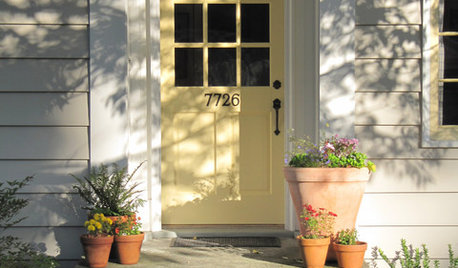
GARDENING AND LANDSCAPINGSpring Checklist: Freshen Up Your Home's Curb Appeal
Step outside and use these tips to show off your home to its best advantage this spring
Full Story
GARDENING AND LANDSCAPING8 Great Ways to Use Landscape Pavers
Today's Stepping Stones Define a Space While Adding Affordable Style
Full Story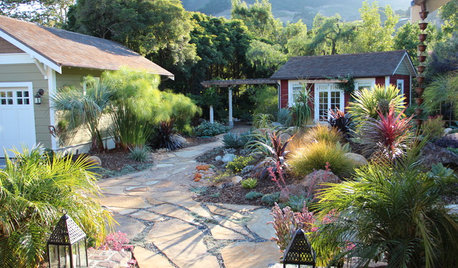
GARDENING AND LANDSCAPINGPave the Way to Landscape Style With Flagstone
Define a patio, build a path, make a fire pit ... learn about flagstone's many uses, plus costs and considerations, here
Full Story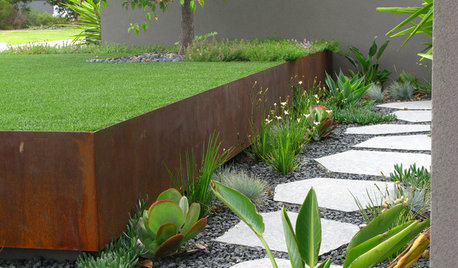
LANDSCAPE DESIGN7 Questions to Ask Before Laying Stepping Stones
These broken-up pathways invite you to put a spring in your step — while adding functionality to the garden
Full Story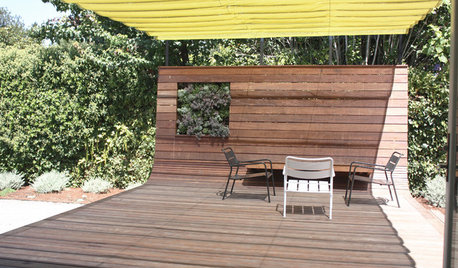
DECKSA Family-Friendly California Yard Wises Up About Water
Pavers and unthirsty plants replace Kentucky bluegrass in a Menlo Park landscape for a family of 4
Full Story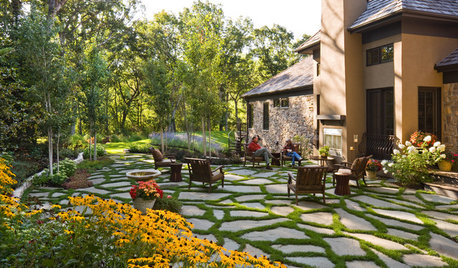
GARDENING AND LANDSCAPINGPatio Pavers Go Green in Between
Kind to the environment and easy on the eyes, pavers with moss or other foliage in the joints create a charming permeable hardscape
Full Story
GARDENING AND LANDSCAPINGHow to Make a Pond
You can make an outdoor fish paradise of your own, for less than you might think. But you'll need this expert design wisdom
Full Story
GARDENING GUIDESSmall Gem Lawns: More Impact From Less Grass
Instead of letting the lawn sprawl, make it a shapely design element in your yard. You’ll reap benefits both practical and aesthetic
Full Story
INSPIRING GARDENSInside Houzz: A Waterfront Property Ditches the Grass for a Garden
New drought-tolerant plantings and outdoor gathering spaces help this California backyard take in the view without wasting space or water
Full Story
GRASSES10 Ways to Use Ornamental Grasses in the Landscape
These low-maintenance plants can add beauty, texture and privacy to any size garden
Full Story









duluthinbloomz4
agardenstateof_mind
Related Professionals
Edmond Landscape Architects & Landscape Designers · Barrington Landscape Contractors · Brookline Landscape Contractors · Gresham Landscape Contractors · Hampton Bays Landscape Contractors · Northlake Landscape Contractors · Baileys Crossroads Landscape Contractors · Suisun City Landscape Contractors · Arlington Heights Decks, Patios & Outdoor Enclosures · Batavia Decks, Patios & Outdoor Enclosures · New York City Decks, Patios & Outdoor Enclosures · Rogers Decks, Patios & Outdoor Enclosures · Charlottesville Swimming Pool Builders · Lincoln Swimming Pool Builders · San Dimas Swimming Pool Buildersnandina
pbl_geOriginal Author
mad_gallica (z5 Eastern NY)
agardenstateof_mind
nandina
agardenstateof_mind
gardengal48 (PNW Z8/9)
nandina
pbl_geOriginal Author
rosiew